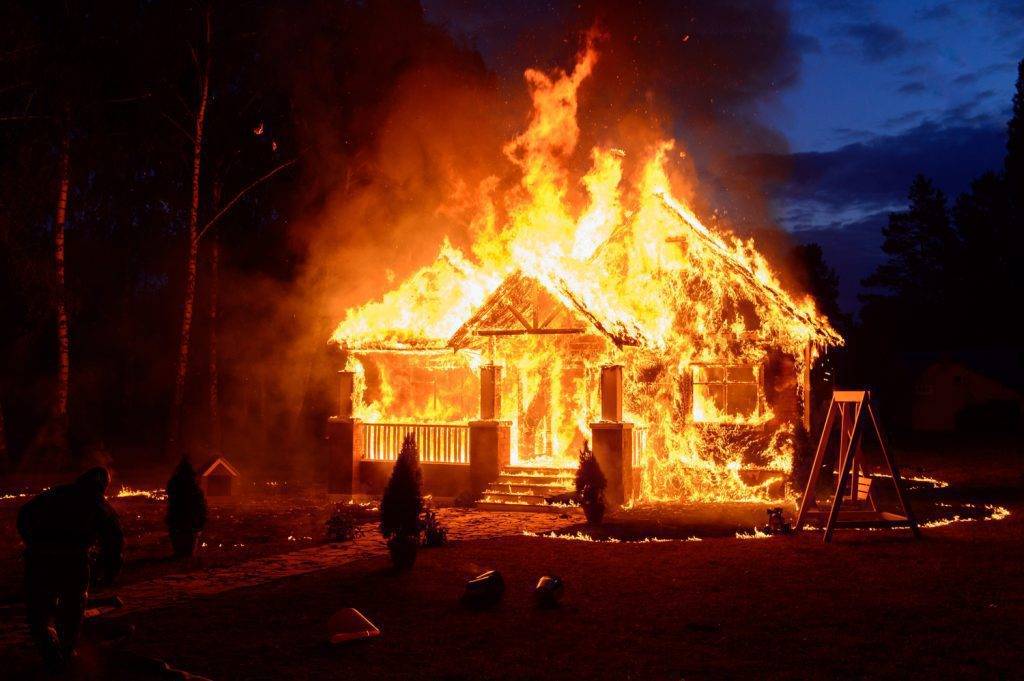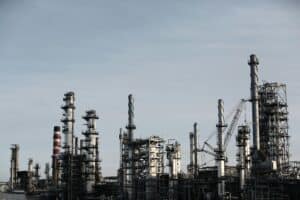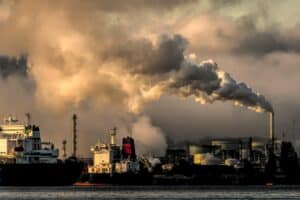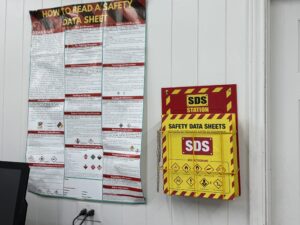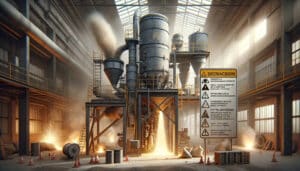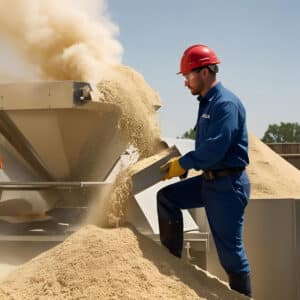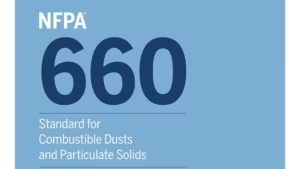We also offer
What Are Fire and Building Code Services?
Fire and Building Code Services involve a thorough evaluation of a facility’s compliance with fire protection and structural safety regulations. These services are essential in industrial and high-risk environments—such as chemical plants, manufacturing facilities, and warehouses—where fires, explosions, and hazardous materials pose significant threats.
At their core, these services help ensure facilities are designed, built, and operated in accordance with national and local fire and building codes, including:
-
International Building Code (IBC)
-
International Fire Code (IFC)
-
NFPA standards
-
OSHA safety regulations
Why Are Fire and Building Code Services Important?
Conducting a Fire and Building Code Review helps organizations:
-
Prevent fire, explosion, and structural hazards
-
Ensure safe building layouts and emergency exits
-
Meet state and federal code requirements (IBC, IFC, NFPA, OSHA)
-
Avoid legal penalties and permitting delays
-
Support insurance approval and reduce liability
-
Enhance safety culture and protect personnel and assets
In the U.S., all 50 states have adopted the IBC, and 42 have enacted the IFC into law. These codes regulate everything from hazardous material storage and usage to fire suppression systems, exit strategies, and occupancy classifications.
What Do Fire and Building Code Services Include?
Our team at Prime Process Safety Center provides a structured approach to compliance and risk reduction. Our services typically include:
1. Compliance Assessment
-
Review of your facility’s design, fire protection systems, construction materials, and emergency plans
-
Evaluation of existing fire suppression, alarm, and sprinkler systems
2. Gap Analysis
-
Identify discrepancies between current conditions and code requirements
-
Highlight high-risk areas needing urgent correction
3. Fire Protection System Review
-
Assess adequacy of fire suppression systems
-
Recommend upgrades based on hazards and facility layout
4. Customized Compliance Plan
-
Develop a step-by-step plan with timelines and responsibilities to bring your facility into compliance
5. Staff Training
-
Educate your personnel on code compliance, fire safety practices, and emergency procedures
6. Ongoing Inspections & Audits
-
Schedule periodic reviews to maintain long-term compliance
-
Provide third-party inspection support if needed
7. Documentation & Permitting Support
-
Prepare technical reports and records for code officials and regulatory agencies
-
Help navigate permitting or enforcement actions
8. Emergency Planning
-
Update evacuation and fire response procedures
-
Conduct drills to ensure preparedness
Key Codes and Standards We Work With
We help facilities interpret and comply with major codes, including:
-
International Building Code (IBC): Structural safety, fire resistance, building classification
-
International Fire Code (IFC): Fire hazards, hazardous materials use/storage, suppression systems
-
NFPA 1 & 101: Life safety and fire prevention
-
NFPA 30 / NFPA 400 / NFPA 704: Flammable/combustible liquids, hazardous materials, labeling
-
OSHA Regulations (29 CFR): Fire protection, hazardous materials, emergency exits
These codes are enforced by local Authorities Having Jurisdiction (AHJs)—such as state, city, or fire department inspectors.
Why Choose Prime Process Safety Center
At Prime Process Safety Center, we offer expert-level fire and building code consulting tailored to your industry and operational risks.
What Sets Us Apart:
-
Specialized Expertise in fire safety and code compliance for high-hazard industries
-
Custom Assessments based on your processes, layout, and occupancy class
-
Detailed Reporting with actionable recommendations and code citations
-
Regulatory Compliance Support for IBC, IFC, NFPA, and OSHA standards
-
Fire Risk Mitigation Strategies that go beyond just “checking the box”
-
Code Official Liaison Services for smooth permitting and enforcement resolution
-
On-Site Training to build internal safety knowledge and preparedness
-
Long-Term Safety Partnership that evolves with your facility’s needs
FAQ
1. What are Fire and Building Code Services?
These services involve evaluating and ensuring that industrial facilities comply with established fire safety and building codes to mitigate risks associated with fires and structural failures.
2. Why are these services important in the process safety industry?
They are crucial for maintaining safety, preventing fire-related incidents and structural failures, and ensuring compliance with legal and regulatory standards.
3. What types of facilities need Fire and Building Code Services?
Any facility involved in the process industry, especially those handling hazardous materials, chemicals, and flammable substances, should utilize these services.
4. How often should a facility undergo these services?
Regular assessments are recommended, typically annually or whenever significant changes are made to processes or facilities.
5. Who performs Fire and Building Code Services?
Qualified professionals with expertise in fire safety, building codes, and process safety conduct these assessments.
6. What is typically included in a fire and building code assessment?
Assessments include reviewing fire suppression systems, emergency exit routes, structural integrity, electrical systems, and compliance with relevant fire and building codes.
7. How do Fire and Building Code Services help in risk mitigation?
By identifying non-compliance and potential hazards, these services help implement corrective measures to mitigate risks associated with fire and structural failures.
8. Can these services impact insurance premiums for a facility?
Yes, compliance with fire and building codes can positively impact insurance premiums, as it demonstrates reduced risk.
9. What happens if a facility does not comply with fire and building codes?
Non-compliance can lead to legal penalties, increased risk of accidents, and potential shutdowns by regulatory authorities.
10. Are Fire and Building Code Services a legal requirement?
Yes, compliance with fire and building codes is typically mandated by law, making these services a legal requirement for operational licensing and safety.
11. What is various fire and building code?
Various fire and building codes are sets of rules and standards designed to ensure safety and prevent hazards in buildings and other structures. These codes address numerous aspects of construction, design, and operation to mitigate risks related to fire, structural integrity, and general safety. Some key types of fire and building codes include:
- International Building Code (IBC): Widely adopted in the United States, the IBC provides comprehensive standards for the design and construction of buildings. It covers aspects like fire safety, structural integrity, accessibility, and energy efficiency.
- National Fire Protection Association (NFPA) Codes: The NFPA publishes numerous codes and standards, including the NFPA 101, also known as the Life Safety Code. These codes provide guidelines for fire prevention, fire protection systems, electrical safety, and related hazards.
- International Fire Code (IFC): Developed by the International Code Council, the IFC complements the IBC and provides specific regulations on fire safety measures, including fire alarm systems, sprinkler systems, and safe storage of hazardous materials.
- Uniform Building Code (UBC): Previously widely used in the United States, the UBC provided standards for construction and fire safety. It has largely been replaced by the IBC.
- Regional and Local Codes: Many countries, states, or municipalities have their own building and fire codes that may include or expand upon international standards. These are often tailored to local needs and conditions.
- Occupational Safety and Health Administration (OSHA) Standards: In the context of workplace safety in the United States, OSHA provides regulations to ensure safety against fire hazards, among other risks.
- British Standards (BS) and Eurocodes (EN): In the UK and Europe, these codes provide guidelines for building construction and fire safety, aligning with broader European Union regulations.
- Building Code of Australia (BCA): This code sets out the minimum necessary requirements for safety, health, amenity, and sustainability in the design and construction of buildings in Australia.
- Americans with Disabilities Act (ADA) Standards: While primarily focused on accessibility, ADA standards also intersect with building codes to ensure safe evacuation and access in case of emergencies, including fires.


